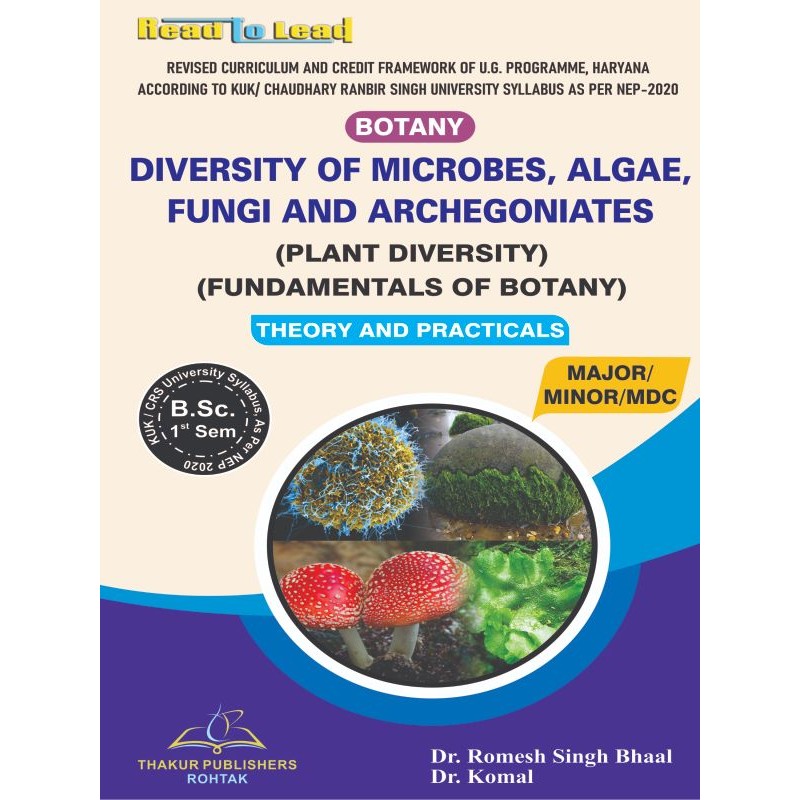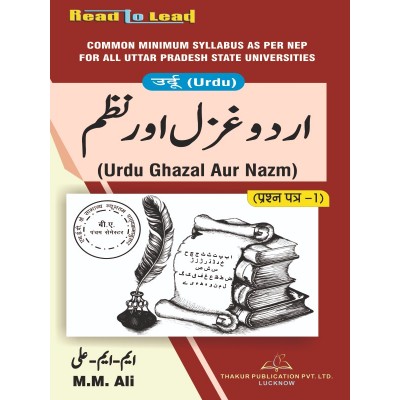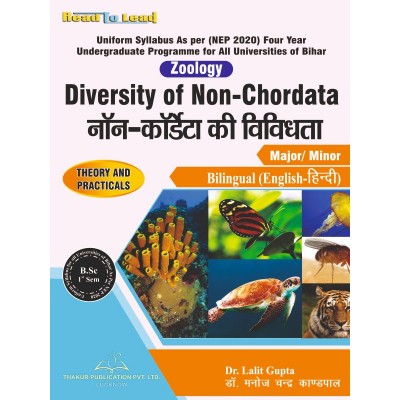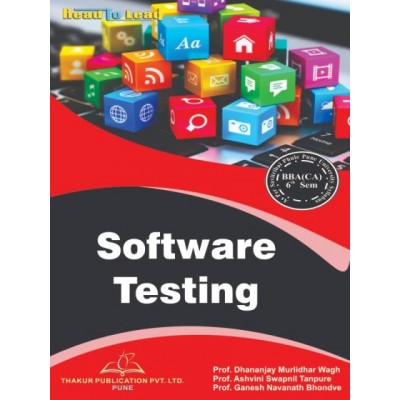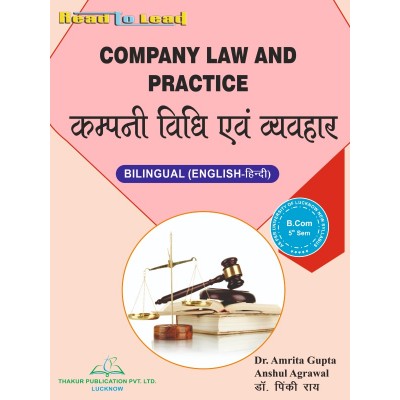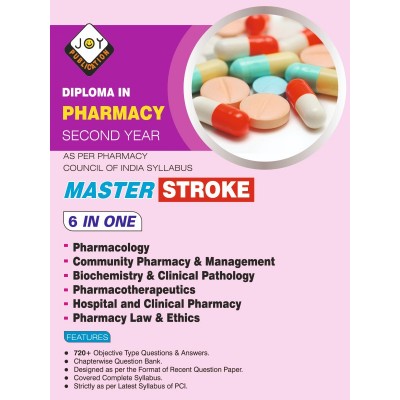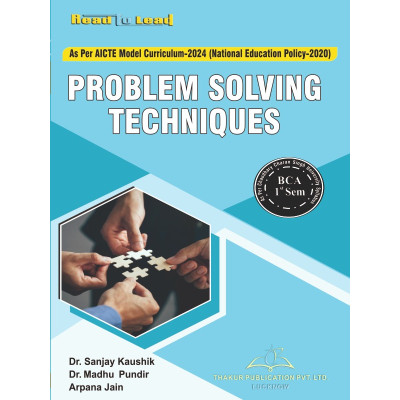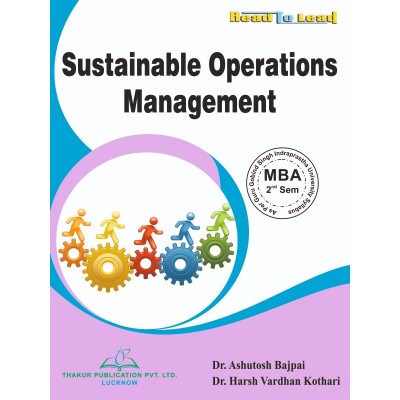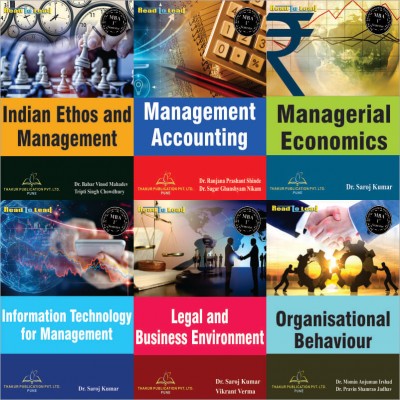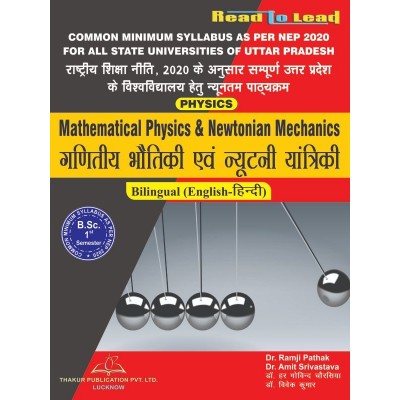(Botany) Diversity of Microbes, Algae,Fungi And Archegoniates KUK/CRSU B.SC First Sem
Tax excluded
Click below to Buy E-Book Edition:
Buy Latest (Botany) Diversity of Microbes, Algae,Fungi And Archegoniates (Major/Minor/MDC) Book in English Language for B.Sc 1st Semester KUK/CRS University NEP-2020 By Thakur publication.
AUTHORS : Dr. Romesh Singh Bhaal ,Dr. Komal
ISBN : 9789357555333
Syllabus
Zoology (Semester-I)
Major (Animal Diversity of Non-Chordates)
Minor (Introduction of Non-Chordates)
Animal Diversity of Non-Chordates
|
Unit |
Topic |
Hours |
|
|
I |
Phylum Protozoa: General characters and classification up to class level Type study of Plasmodium; Phylum Porifera: General characters and classification up to class level, Type study of Sycon |
12 |
|
|
II |
Phylum – Coelenterata: General characters and classification up to class level Type Study of Obelia; Phylum – Platyhelminthes and Aschelminthes: General characters and classification up to class level, Type study of Liver Fluke, Fasciola hepatica |
11 |
|
|
III |
Phylum – Annelida: General characters and classification up to class level, Type study of Earthworm, Pheretima posthuma (Habitat, habits, metamerism, digestive System, circulatory system, nervous system, reproductive system); Phylum – Arthropoda: General characters and classification up to class level, Type study of Cockroach, Periplaneta americana (Habitat, habits, external morphology, digestive system, respiratory system, excretory system, reproductive system ) |
11 |
|
|
IV |
Phylum - Mollusca: General characters and classification up to class level, Type study of Pila; Phylum – Echinodermata: General characters and classification up to class level, Type study of Asterias (Sea Star) (Habitat, habits, external morphology, water vascular system, Circulatory System); Phylum Hemichordata: General characters of Hemichordates with examples |
11 |
|
|
|
Practical
|
|
|
|
V |
Classification up to orders with ecological note and economic importance of the following animals: 1. Protozoa: Lamination of cultures of Amoeba, Euglena and Paramecium; permanent prepared slides: Amoeba, Euglena, Trypanosoma, Noctiluca, Eimeria, Paramecium (binary fission and conjugation), Opalina, Vorticella, Balantidium, Nyctotherus, radiolarian and formaniferan ooze.
2. Parazoa (Porifera): Sycon, Grantia, Euplectella, Hyalonema, Spongilla, Euspongia 3. Coelenterata: Porpita, Valella, Physalia, Aurelia, Rhizostoma, Metridium, Millipora, Alcyonium, Tubipora, Zoanthus, Madrepora, Favia, Fungia, and Astrea. Permanent prepared slides: Hydra (W.M.), Hydra with buds, Obelia (colony and medusa), Sertularia, Plumularia, Tubularia, Bougainvillea, Aurelia (sense organs and stages of life history).
4. Playhelminthes: Dugesia, Fasciola, Taenia, Echinocoecus. Permanent prepared slides: Miracidium, Sporocyst, Redia, Cercaria, Scolex and Proglotttids of Taenia (mature and gravid).
5. Aschelminthes: Ascaris (male and female), Trichinella, Ancylostoma, Meloidogyne
6. Annelida: Pheretima, Heteronereis, Polynoe, Aphrodite, Chaetopterus, Arenicola, Tubifex and Pontobdella
7. Arthropoda: Peripatus, Palaemon (Prawn), Lobster, Cancer (crab), Sacculina, Eupagurus (hermit crab), Lepas, Balanus, Cyclops, Daphnia, Lepisma, Periplaneta (cockroach), Schistocerca (locust), Poecilocerus (ak hopper), Gryllus (cricket), Mantis (praying mantis), Cicada, Forticula (earwig), Dragon fly, termite queen, bug, moth, beetle, Polistes (wasp), Apis (honey bee), Bombyx (silk moth), Cimex (beg bug), Pediculus (body louse), Millipede, Scolopendra (centipede), Palamnaeus (scorpion), Aranea (spider), Limulus (king crab)
8. Mollusca: Mytilus, Ostrea, Cardium, Pholas, Solen (razor/Fish), Pecten, Holiotis, Patella, Aplysia, Doris, Limax, Loligo, Sepia, Octopus, Nautilus (complete and T.S.), Chiton and Dentalium
9. Echinodermata: Asterias, Echinus, Cucumaia, Ophiothrix, Antedon and Asterophyton
10. Hemichordata: Balanoglossus
11. Study of slides of Non-Chordates phyla; Staining of Obelia and Sertularia [1] |
30 |
|
|
|
Introduction of Non-Chordates
|
|
|
|
I |
Phylum Protozoa: General characters and classification of Protozoa with their ecological and economic importance; Phylum Porifera: General characters and classification of Porifera with their ecological and economic importance |
4 |
|
|
II |
Phylum – Coelentrata: General characters and classification of Coelentrata with their ecological and economic importance; Phylum – Platyhelminthes and Aschelminthes: General characters and classification of Helminthes with their ecological and economic importance |
4 |
|
|
III |
Phylum – Annelida: General characters and classification of Annelida with their ecological and economic importance; Phylum– Arthropoda: General characters and classification of Arthropods with their ecological and economic importance |
4 |
|
|
IV |
Phylum - Mollusca: General characters and classification of Mollusca with their ecological and economic importance; Phylum– Enchinodermata: General characters and classification of Echinoderms with their ecological and economic importance; Phylum Hemichordata: General Characters of Hemichordates with examples |
3 |
|
|
|
Practical
|
|
|
|
V |
Classification up to orders with ecological note and economic importance of the following animals: 1. Protozoa: Permanent slides: Amoeba, Euglena, Trypanosoma, Noctiluca, Eimeria, Paramecium (binary fission and conjugation), Opalina, Vorticella, Balantidium, Nyctotherus, radiolarian and formaniferan ooze.
2. Porifera: Sycon, Grantia, Euplectella, Hyalonema, Spongilla, Euspongia
3. Coelenterata: Porpita, Valella, Physalia, Aurelia, Rhizostoma, Metridium, Millipora, Alcyonium, Tubipora, Zoanthus, Madrepora, Favia, Fungia, and Astrea. Permanent slides of Hydra (W.M.), Hydra with buds, Obelia (colony and medusa), Sertularia, Plumularia, Tubularia, Bougainvillea, Aurelia.
4. Playhelminthes: Dugesia, Fasciola, Taenia, Echinocoecus. Permanent prepared slides: Miracidium, Sporocyst, Redia, Cercaria, Scolex and Proglotttids of Taenia (mature and gravid).
5. Aschelminthes: Ascaris (male and female), Trichinella, Ancylostoma, Meloidogyne
6. Annelida: Pheretima, Heteronereis, Polynoe, Aphrodite, Chaetopterus, Arenicola, Tubifex and Pontobdella
7. Arthropoda: Peripatus, Palaemon (Prawn), Lobster, Cancer (Crab), Sacculina, Eupagurus (Hermit crab), Lepas, Balanus, Cyclops, Daphnia, Lepisma, Periplaneta (cockroach), Schistocerca (Locust), Poecilocerus (ak[1]hopper), Gryllus (cricket), Mantis (praying mantis), Cicada, Forticula (earwig), Dragon fly, termite queen, bug, moth, beetle, Polistes (wasp), Apis (Honey bee), Bombyx (Silk moth), Cimex (Bed bug), Pediculus (Head louse), Millipede, Scolopendra (centipede), Palamnaeus (scorpion), Aranea (spider), Limulus (king crab) 8. Mollusca: Mytilus, Ostrea, Cardium, Pholas, Solen (razor / Fish), Pecten, Holiotis, Patella, Aplysia, Doris, Limax, Loligo, Sepia, Octopus, Nautilus (complete and T.S.), Chiton and Dentalium
9. Echinodermata: Asterias, Echinus, Cucumaia, Ophiothrix, Antedon and Asterophyton
10. Hemichordata: Balanoglossus |
30 |
|







